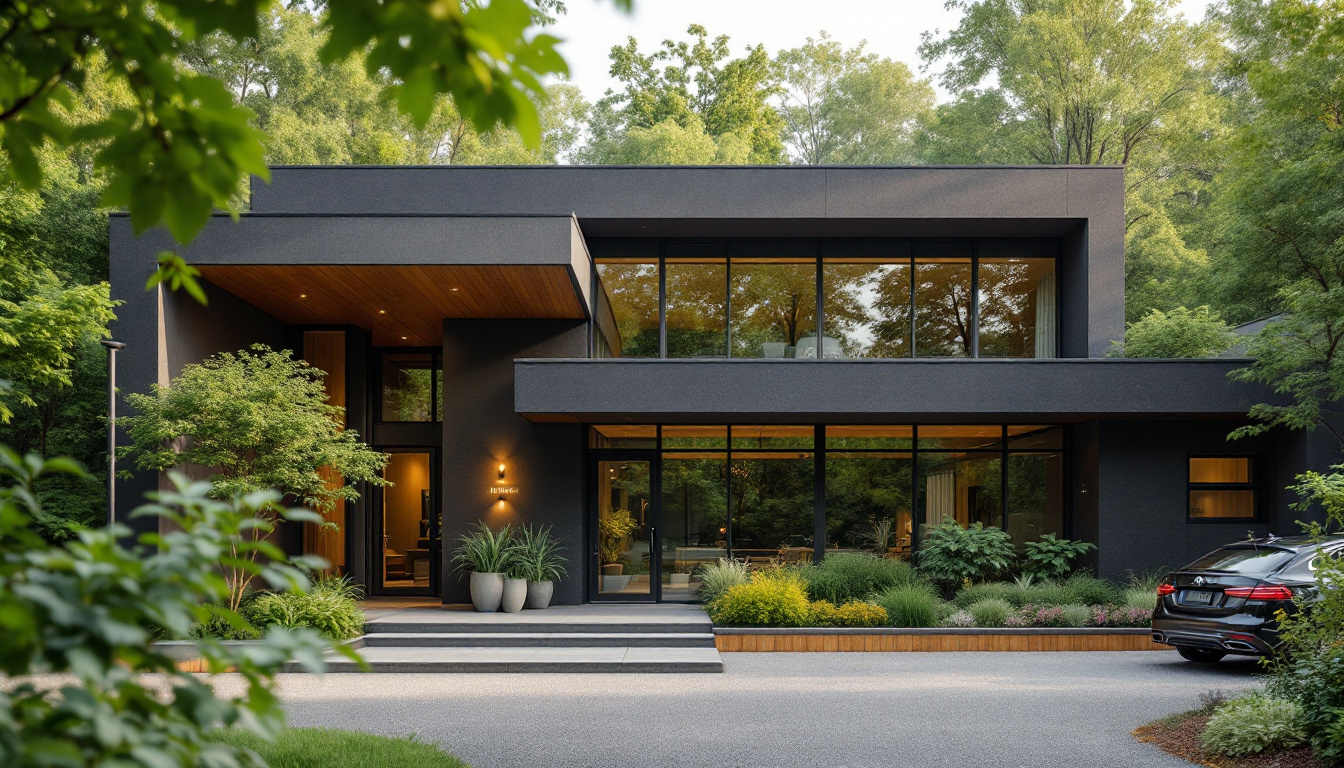How Many Rehab Centers Are in the US

Many facilities incorporate evidence-based therapies, such as Cognitive Behavioral Therapy (CBT) and Medication-Assisted Treatment (MAT), to effectively address substance use disorders. Moreover, specialized programs tailored for particular populations are prevalent, emphasizing personalized and culturally sensitive care approaches to ensure a higher rate of successful recovery outcomes.
| Type of Facility | Key Features | Purpose |
|---|---|---|
| Outpatient Programs | Flexible scheduling, non-residential care | Ideal for patients needing less intensive support |
| Residential Treatment Facilities | 24/7 monitoring, structured programs | Best suited for intensive care needs |
| Intensive Outpatient Programs (IOP) | Regular sessions with more support than standard outpatient | Helps transition back to normal life |
| Partial Hospitalization Programs (PHP) | Daily treatment with a focus on co-occurring issues | Offers comprehensive care during recovery |
Accessibility and Demographic Variations in Rehab Services
Are there demographic variations in accessibility to rehabilitation services in the U.S.?
Yes, there are significant demographic variations in accessibility to rehabilitation services in the U.S. Research indicates that racial and ethnic minority groups, particularly Black and Latinx individuals, face reduced access to these services and poorer functional outcomes compared to their white counterparts.
Factors Influencing Access
Several factors contribute to these disparities, including:
- Geographic Location: Urban patients generally have better access to treatment facilities than those living in rural areas.
- Insurance Coverage: Individuals with limited or no insurance often struggle to access services.
- Transportation Availability: Physical access can be challenging for those without reliable transport.
- Age Factors: Older adults, particularly Black Americans, are less likely to receive rehabilitation services after medical events like strokes.
Workforce and Provider Bias
The lack of diversity in the rehabilitation workforce, alongside implicit biases among healthcare providers, further exacerbates these accessibility issues.
This highlights the necessity for targeted strategies to improve access to rehab services for underserved populations.
Conclusion: Navigating the Future of Rehab Centers in the U.S.
The U.S. landscape of rehab centers has evolved dramatically, exhibiting both growth and challenges. While the increase in facilities and diversity of services underscore an earnest response to addiction issues, persistent gaps in accessibility and future challenges remain. As addiction issues continue to affect millions, understanding and navigating the scope of available resources is essential for fostering recovery and resilience in communities nationwide. Continuous efforts to address disparities and adapt to changing needs will be pivotal in enhancing the efficacy and reach of rehabilitation services.
References
- Number of substance abuse treatment facilities in the U.S. 2003-2023
- How Many Addiction Treatment Centers Are In The U.S? - Townsend
- National Survey of Substance Abuse Treatment Services (N-SSATS)
- Average Cost of Drug Rehab [2023]: by Type, State & More
- United States Addiction Rehab Industry Report 2020: SAMHSA
- How Many Rehab Centers are in the US? - Clear Steps Recovery
